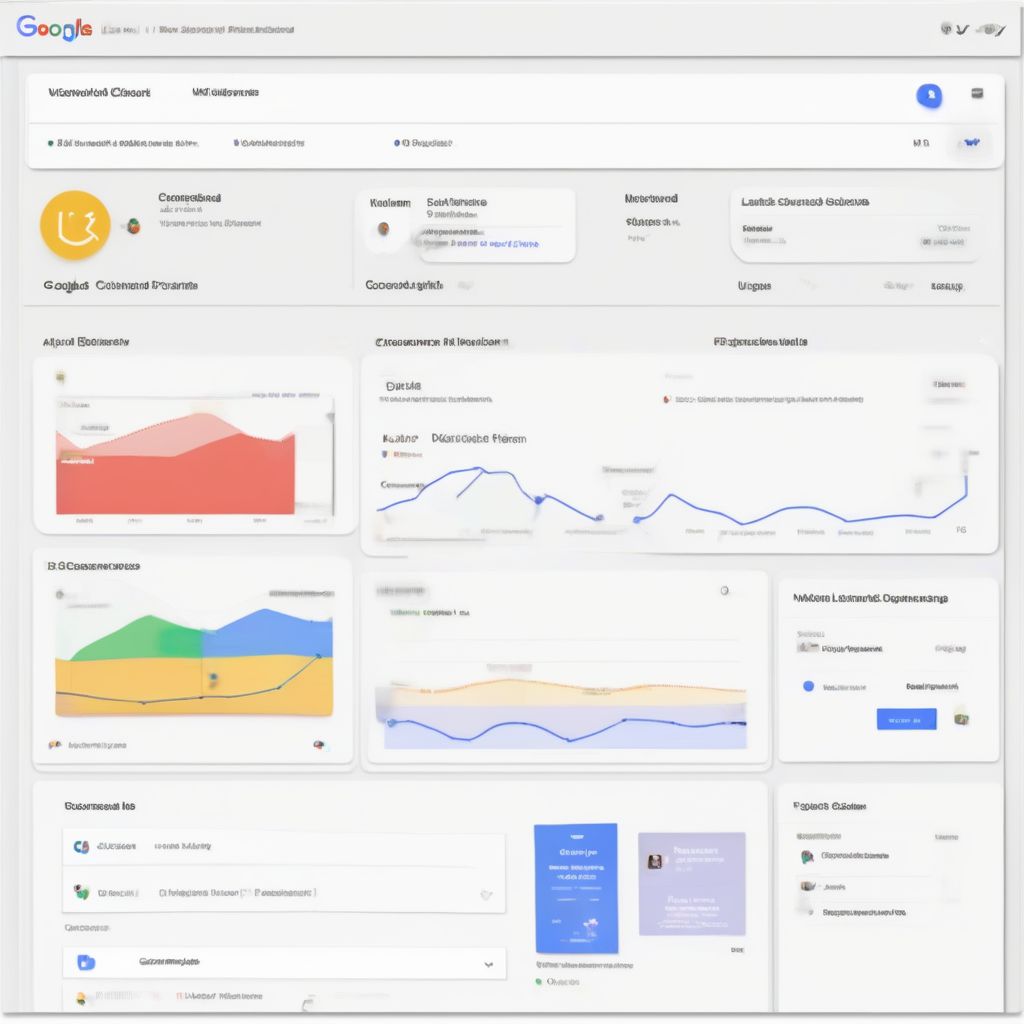Imagine accessing all your software and data anytime, anywhere, without the hassle of bulky hardware or complex installations. That’s the power of cloud computing! But what exactly makes it tick? In this article, we’ll delve deep into the core Characteristics Of Cloud Computing, uncovering its transformative potential for businesses and individuals alike.
What Defines Cloud Computing?
Before we jump into its characteristics, let’s clarify what cloud computing entails. In essence, it involves delivering computing services—including servers, storage, databases, networking, software, analytics, and more—over the Internet (“the cloud”).
Key Characteristics Of Cloud Computing
Several defining characteristics set cloud computing apart from traditional IT infrastructure. These attributes are what empower its flexibility, scalability, and cost-effectiveness. Let’s explore them:
1. On-Demand Self-Service
cloud.mualaptophanoi.com/wp-content/uploads/2024/07/ondemand-cloud-66a9b0.jpg" alt="On-Demand Cloud" width="1024" height="1024">On-Demand Cloud
Need computing resources instantly? Cloud computing empowers you with on-demand self-service. Users can provision resources like server space or network bandwidth whenever required, without needing intervention from the service provider. This characteristic allows for incredible flexibility and agility in scaling operations.
2. Broad Network Access
Cloud services are accessible from anywhere, anytime, and from various devices like laptops, smartphones, or tablets. This broad network access is facilitated through a robust network infrastructure, ensuring a seamless experience for users regardless of their location.
3. Resource Pooling
Cloud providers cater to multiple clients simultaneously, pooling their vast resources to serve them efficiently. This means your resources are dynamically allocated from a shared pool, ensuring you only pay for what you use. This shared infrastructure significantly reduces costs and promotes resource optimization.
4. Rapid Elasticity
One of the most significant advantages of cloud computing is its rapid elasticity. You can easily scale your resources up or down based on real-time demands. Need more processing power for a sudden surge in website traffic? No problem, cloud computing adapts effortlessly to your needs, ensuring optimal performance without any lag.
5. Measured Service
Cloud computing operates on a pay-as-you-go model. Resource usage is meticulously tracked, providing transparency into your cloud expenditure. This measured service ensures you only pay for the resources you consume, leading to significant cost savings compared to traditional IT infrastructure.
FAQs About Cloud Computing Characteristics
Q: What is the difference between scalability and elasticity in cloud computing?
A: While often used interchangeably, they have distinct meanings. Scalability refers to the ability to handle growing workloads by adding resources, while elasticity focuses on the speed and efficiency of scaling resources up or down based on dynamic demand.
Q: How does resource pooling benefit cloud users?
A: Resource pooling enables cloud providers to offer services at competitive prices due to economies of scale. Users benefit from cost savings, increased efficiency, and reduced environmental impact through shared infrastructure.
Conclusion
Understanding the core characteristics of cloud computing is crucial for leveraging its full potential. From on-demand self-service and broad network access to rapid elasticity and measured service, these attributes empower businesses and individuals with unmatched flexibility, scalability, and cost-efficiency. As you embark on your cloud journey, remember that embracing these characteristics will be key to unlocking a world of opportunities in the digital age.
Do you have any further questions about cloud computing or its characteristics? Share your thoughts in the comments below!


